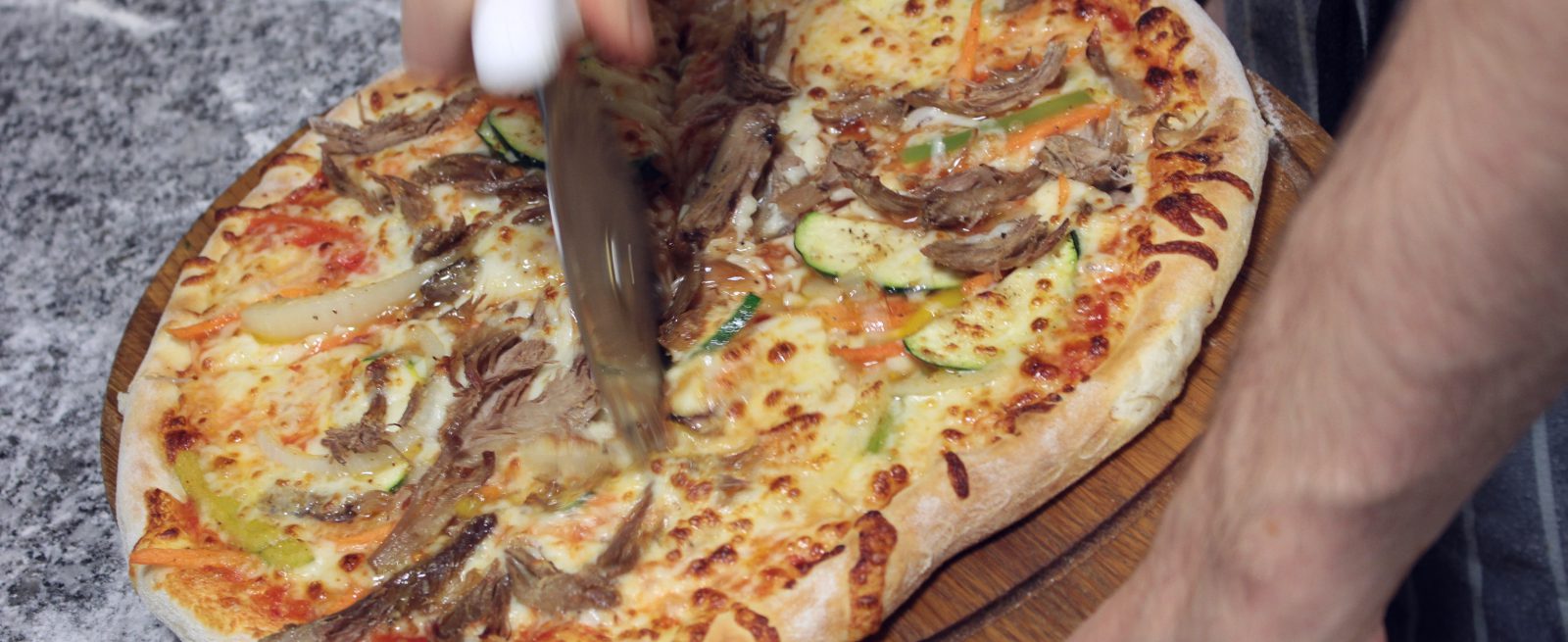Understanding Charitable Deductions for Contributing Your Restaurant’s Food Inventory
3 Min Read By Phil Hofmann
Last December, Congress passed and the President signed into law the Protecting Americans from Tax Hikes Act of 2015 (PATH Act). The PATH Act makes permanent several temporary tax provisions commonly known as extenders.
One extender particularly relevant to restaurant businesses is the enhanced deduction for food inventory under IRC section 170(e)(3). The enhanced deduction equals the lesser of (a) cost plus half of the property’s appreciation, or (b) twice the property’s cost.
The new law reinstates and makes permanent the enhanced deduction for contributions of food inventory made after December 31, 2014. This applies to any taxpayer engaged in a trade or business, whether a C corporation or not.
The permanent deduction is good news, but the new law also made some modifications that are even better news for restaurants.
The permanent deduction is good news, but the new law also made some modifications that are even better news for restaurants. First, for years beginning after December 31, 2015, the new law modifies the enhanced deduction for food inventory contributions by generally increasing the charitable percentage limitation for food inventory contributions to 15 percent, and clarifying the carryover rules.
Second, new rules were added regarding fair market value (FMV). In order to use the enhanced deduction, a taxpayer must establish the FMV of the donated food. The FMV has historically been a subject of dispute between the IRS and taxpayers. For contributions made after December 31, 2015, the following new presumptions may be used when valuing donated food inventory:
- Taxpayers who don’t account for inventory may elect to treat the basis of donated food as being equal to 25 percent of the FMV of such food.
- In the case of any contribution of apparently wholesome food which cannot or will not be sold solely by reason of internal standards of the taxpayer, lack of market or similar circumstances, or by reason of being produced by the taxpayer exclusively for the purposes of transferring the food to an organization described in section 501(c)(3), the fair market value of such contribution shall be determined (1) without regard to such internal standards, such lack of market or similar circumstances, or such exclusive purpose, and (2) by taking into account the price at which the same or substantially the same food items (as to both type and quality) are sold by the taxpayer at the time of the contributions (or if not sold at such time, in the recent past).
While the first presumption might apply to a very small taxpayer using the cash method of accounting, the second presumption will apply to most restaurants. It’s important to note that restaurants can use their most recent selling price to determine the FMV of the donated food. Typically, this should be menu price less any discounts, such as coupons. Historically, some IRS agents have argued that menu price is not a good starting point because the donated food was not sold or is not sellable.
Let’s look at a quick example. Suppose a restaurant’s menu price is $10 for a pizza, and the cost is $3. The computation of the deduction would look like this: $7 is the appreciation ($10 – $3). We calculate the tentative contribution amount by dividing $7 by 2 ($3.50) and adding the cost of $3, leading to a total of $6.50. However, the deduction amount is limited to twice cost, which in this case, is $6. Note that anytime the cost to FMV ratio is at least 33.3 percent, the contribution deduction will max out at twice cost.
This new FMV presumption should greatly reduce future disputes with IRS agents. It is also an opportune time for restaurants to think about implementing a food donation program to help their communities while enjoying a tax break.


